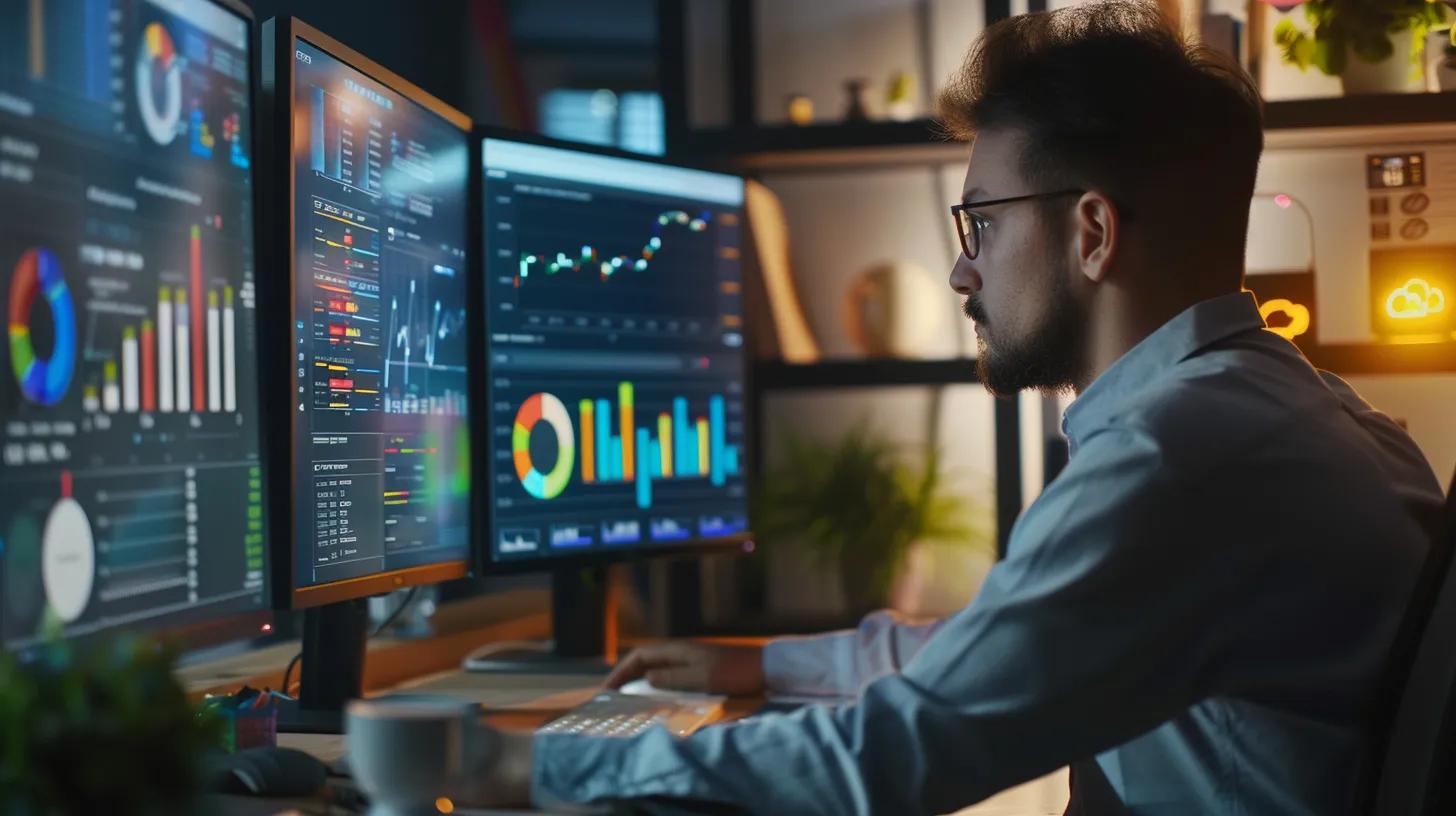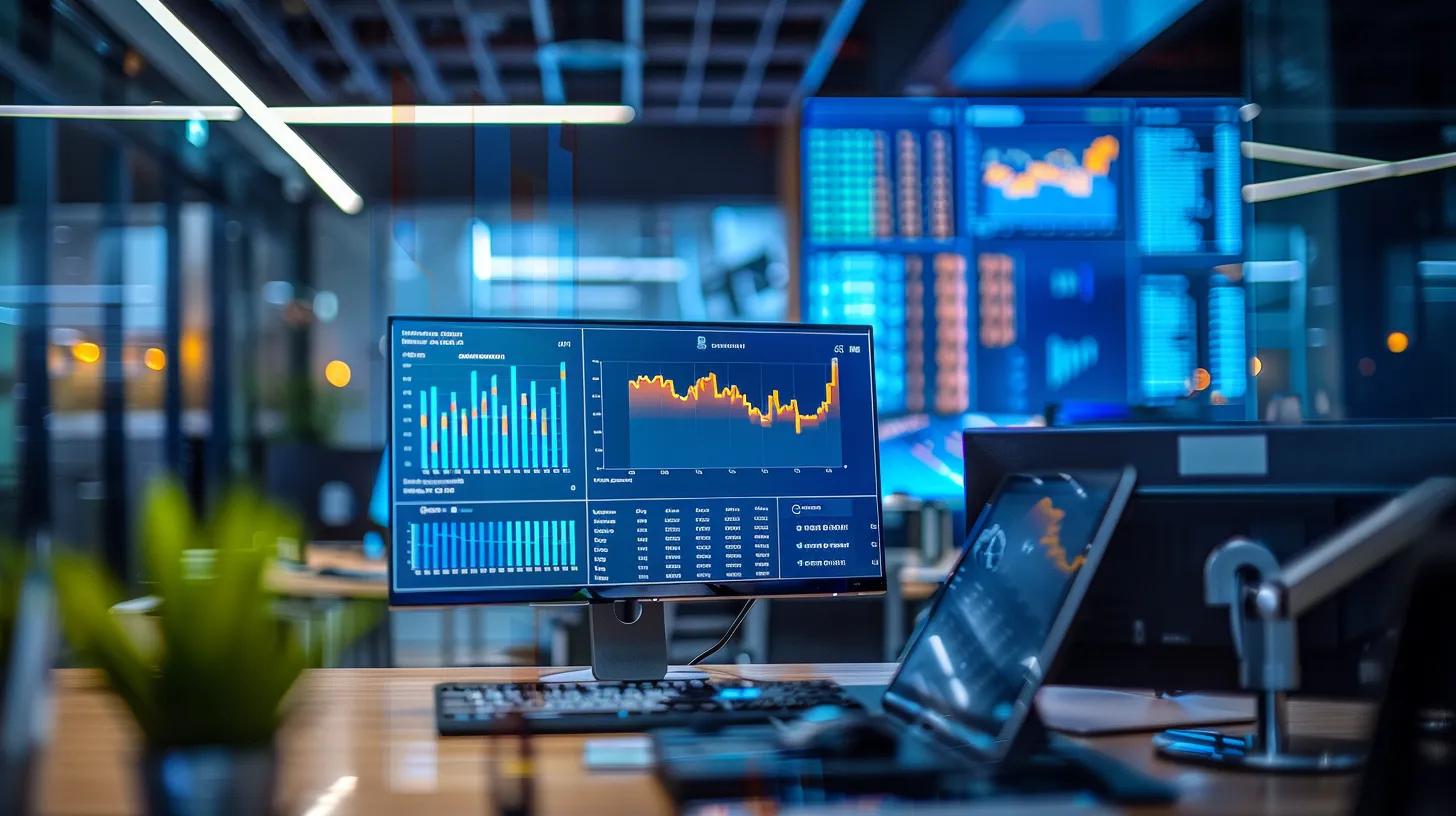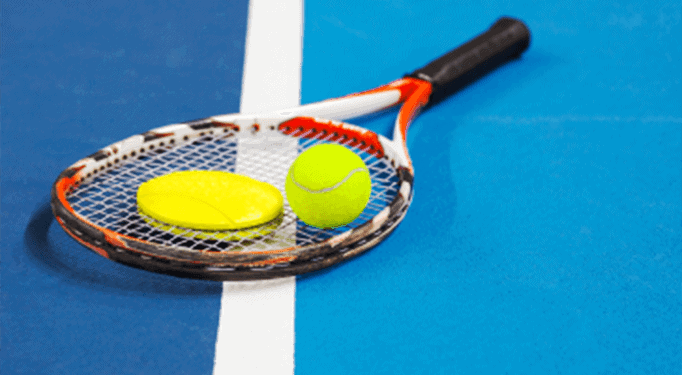Mastering on-Page SEO for Higher Rankings
In the evolving realm of digital marketing, on-page SEO is crucial for boosting website performance and search enginevisibility. Businesses looking to capture high-value leads and build brand authority must ensure search engines can effectively read their content and structure. This article explores key on-page SEO principles, strategies for optimising content for both search engines and users, technical adjustments for increased visibility, and advanced techniques for competitive niches. Digital marketing experts, sales leaders, and brand ambassadors will find actionable insights—from enhancing keyword density and reputation management to optimising metadata, accessibility, and overall content structure—that align with user search intent and drive measurable success.
Foundational Elements for Effective on-Page SEO Strategies
Understanding Core on-Page SEO Principles
On-page SEO relies on several fundamental principles that make content both search engine friendly and valuable for users. Key elements include strategic keyword placement, metadata optimisation, responsive design, and clear content hierarchy using HTML elements. Emphasising keyword density and proper header usage helps distribute thematic relevance and boosts domain credibility. Tools like title tags, meta descriptions, and internal linking guide search engine interpretation while ensuring content quality and reducing bounce rates. Additionally, techniques such as breadcrumb navigation and structured data enable search engines to deliver rich snippets, increasing click-through rates.
The Significance of on-Page Factors in Search Rankings
Optimised on-page elements provide context and clarity to both users and search engines. Fast page load speeds, mobile-friendliness, and effective hyperlinks create a robust internal linking network that acts as a trust signal. For example, lazy loading images and correct HTML element usage can enhance overall viewability. Advanced techniques like coordinating meta tags with semantic markup help search engines quickly identify central themes and reward pages that meet user queries. In today’s evolving digital landscape, managing on-page details is key for achieving higher rankings.
Differentiating on-Page, Off-Page, and Technical SEO
A holistic digital marketingstrategy distinguishes between on-page, off-page, and technical SEO. On-page optimisation focuses on content quality, keyword integration, header hierarchy, and accurate metadata. Off-page SEO builds external signals through backlink profiles and social engagement, reflecting overall site credibility. Technical SEO ensures the website’s infrastructure—server response times, XML sitemaps, robots.txt files, and HTTPS—is conducive for crawling and indexing. Balancing these three pillars ensures both immediate visibility improvements and long-term adaptation to evolving algorithms.
Aligning on-Page Strategies With User Search Intent
Successful on-page SEO aligns content with user search intent. This requires analysing queries and tailoring content to answer them directly. For example, a page on “keyword density” should clearly explain how to maintain a balanced frequency without triggering search penalties. Mapping the buyer journey—from informational to transactional stages—and integrating long-tail queries enhances both user engagement and organic rankings. This user-centric focus reinforces site credibility and ensures that visitors find the answers they need quickly.
Setting Up Your Website for on-Page SEO Success
An optimised website infrastructure is vital. Responsive web design, robust content management systems, and correct HTML elements ensure that both users and search engine bots can easily navigate the site. Fast load times, intuitive navigation, and well-placed header elements (H1–H6) are essential. For example, breadcrumb navigation aids both users and search engines in understanding page relationships. Technical components like valid robots.txt files and XML sitemaps further streamline the crawling process, laying the groundwork for successful digital marketing campaigns.
Optimising Content for Search Engines and Users
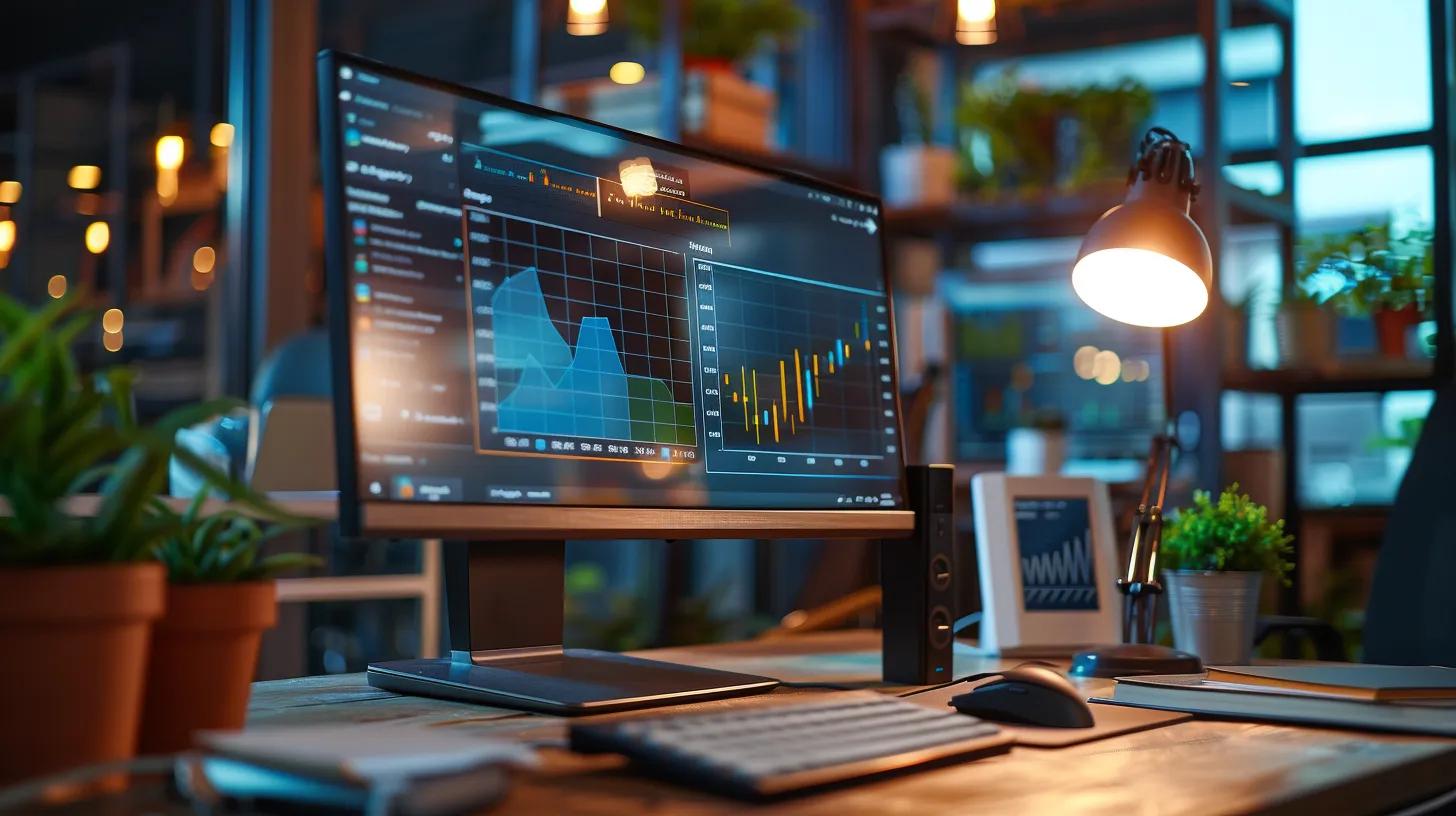
Conducting Comprehensive Keyword Research for Content
Thorough keyword research is the cornerstone of effective content optimisation. Using SEO tools to identify high-value keywords, long-tail phrases, and semantic variations helps align content with user queries. Targeted keywords such as “keyword density” and “digital marketingstrategy” boost relevance, while analysing competitor pages can reveal content gaps. A comprehensive keyword list aids in planning articles that seamlessly integrate search terms, ensuring that content remains relevant as algorithms evolve.
Crafting High-Quality, Relevant, and Engaging Content
High-quality content is engaging, research-backed, and directly addresses user queries. Detailed explanations—for example, on improving keyword density or managing reputation through strategic content marketing—reinforce credibility. The inclusion of examples, case studies, and testimonials further adds value. Originality ensures that content offers fresh insights rather than simply rehashing known information. Balancing technical precision with readability helps attract both novices and experts, driving sustained engagement and higher rankings.
Strategic Keyword Integration Within Your Content
Integrating keywords strategically means embedding terms naturally within titles, headings, meta descriptions, and the main body. This method ensures that search engines understand the topic and user intent without resorting to keyword stuffing. Using latent semantic indexing (LSI) keywords creates a network of related concepts that validate content authority. Tools like Google Keyword Planner and SEMrush help identify such clusters, ensuring that optimised content withstands future algorithm updates while remaining valuable to readers.
Structuring Content With Headers (H1-H6) for Readability and SEO
A clear hierarchical structure, using headers from H1 to H6, improves both readability and SEO. The H1 tag introduces the core theme, while subsequent headings organize content into digestible sections. Well-structured headers guide readers and help search engine crawlers index the content. Incorporating anchor links and an optimised table of contents minimizes bounce rates and enhances user engagement, ensuring that both users and bots quickly understand the page’s structure.
The Role of Freshness and Regular Content Updates
Regular content updates signal to search engines that a site remains current and relevant. Refreshing content—by incorporating recent trends in digital marketing or updated best practices—keeps users engaged and builds trust. Adding update logs or timestamps can reinforce a page’s freshness. In competitive B2B environments, maintaining up-to-date content is essential for improved visibility and ranking stability.
Technical on-Page Optimisation for Enhanced Visibility
Writing Compelling Title Tags for Better Click-Through Rates
Title tags act as the digital cover for your content. They must incorporate target keywords and remain concise (around 50–60 characters) to fully display in search results. Effective title tags appeal directly to user intent, evoke curiosity, and are refined continuously based on performance metrics such as click-through rates and bounce rates.
Creating Optimised Meta Descriptions to Attract Clicks
Meta descriptions offer a concise snapshot of your content and are key to attracting clicks. These summaries should naturally include targeted keywords and a compelling call to action within 150–160 characters. Although meta descriptions do not directly influence rankings, they impact user behaviour by standing out in a crowded search landscape. Continuous testing and refinement based on analytical feedback are essential.
Implementing SEO-Friendly URL Structures
A clean, descriptive URL structure improves both user experience and search enginereadability. URLs should use descriptive keywords and maintain a logical hierarchy that mirrors the site’s structure. For example, including segments like “/seo-strategies/” or “/content-optimisation/” aids in context and encourages intuitive navigation. Eliminating unnecessary parameters further enhances URL clarity and shareability.
Image Optimisation and Alt Text Best Practices
Optimised images are crucial for faster page loads and improved accessibility. Compressing image files, choosing appropriate formats, and adding descriptive alt text ensure that images contribute to SEO. Alt text—such as “diagram of on-page SEO elements including title tags, meta descriptions, and structured headers”—helps search engines and visually impaired users understand image content. Techniques like lazy loading and correct size attributes further improve page speed without compromising quality.
Leveraging Schema Markup for Rich Snippets
Schema markup is an advanced method that helps search engines understand detailed information about your content, leading to enhanced search results like rich snippets. When applied to articles, products, or local businesses, structured data highlights key details such as categories and publication dates. This bridge between raw content and user-friendly snippets increases click-through rates and overall visibility.
Improving User Experience (UX) for Higher Rankings
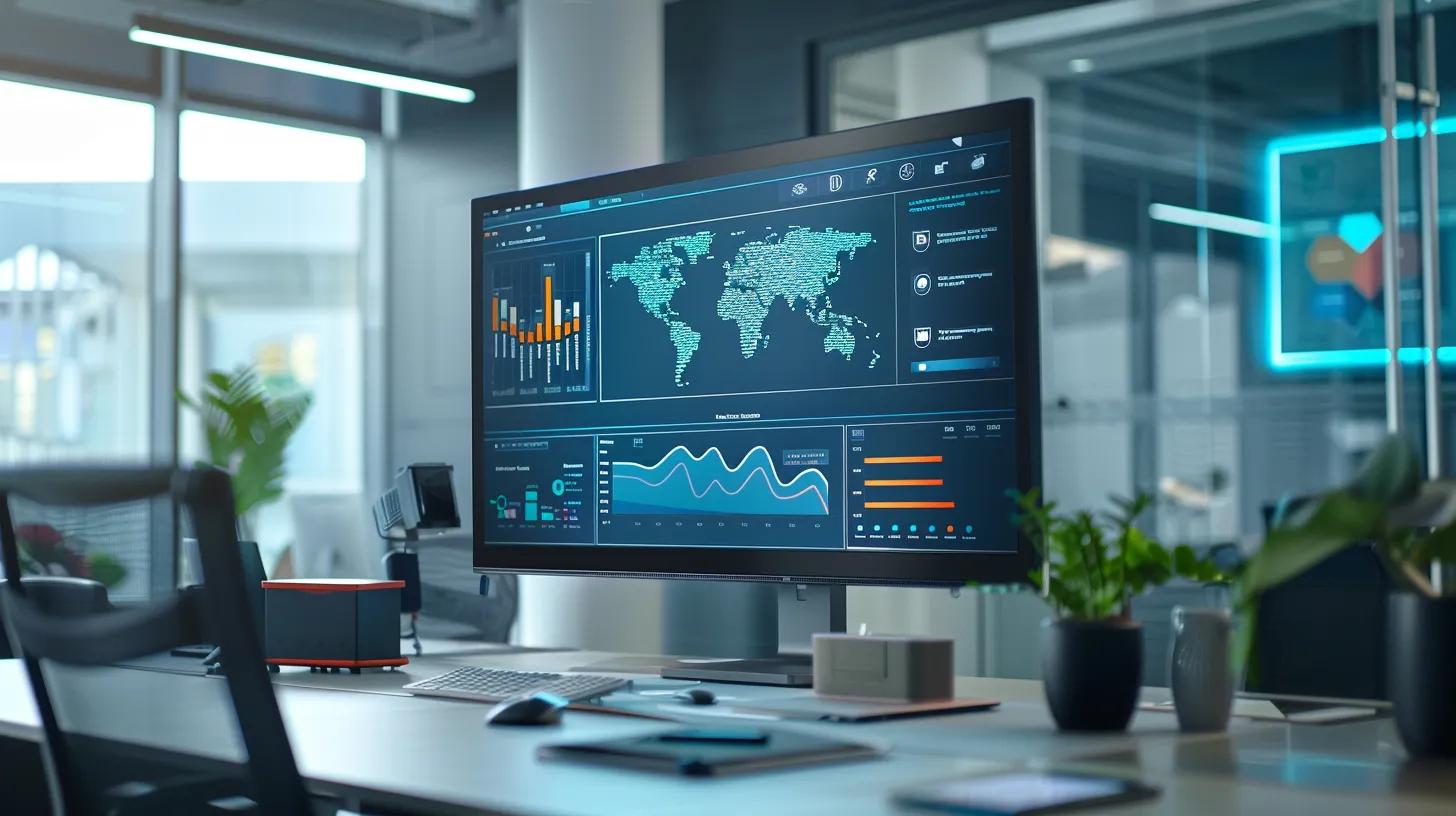
The Impact of Page Load Speed on SEO and User Satisfaction
Fast page load times are directly linked to user satisfaction and lower bounce rates. A delay of even one second can affect conversion rates significantly. Optimisation techniques—such as image compression, use of content delivery networks (CDNs), script minification, and browser caching—are critical. Additionally, core web vitals that measure loading performance, interactivity, and visual stability serve as key indicators for search rankings.
Ensuring Mobile-Friendliness and Responsive Design
With a growing share of mobile traffic, a mobile-optimised website is essential. Responsive design via flexible grids, fluid images, and CSS media queries ensures that content adapts to various devices and screen sizes. Ease of access to key elements like header tags, call-to-action buttons, and internal links on mobile devices significantly enhances user retention and engagement while improving search rankings under mobile-first indexing.
Effective Internal Linking Strategies to Boost SEO
Internal linking strengthens on-page SEO by creating a network of related content that distributes page authority. By using contextual anchor text, internal links guide users and help search engines discover topic relationships efficiently. Such strategies reduce bounce rates and encourage users to explore more of the site, which further reinforces comprehensive content authority and overall visibility.
Designing for Easy Navigation and Site Architecture
User-friendly navigation and clear site architecture significantly improve usability and search rankings. Logical menus, consistent header links, strategic call-to-action placements, and breadcrumb trails enable users to retrace their steps easily. This smooth navigation not only reduces bounce rates but also helps search engine crawlers understand page relationships, ultimately strengthening the website’s overall authority.
Monitoring User Engagement Metrics Like Bounce Rate and Time on Page
Tracking metrics such as bounce rate and time on page provides insights into user satisfaction and content relevance. High bounce rates may indicate that content isn’t meeting user needs, while longer session durations imply deeper engagement. Regular analysis using web analytics tools can reveal patterns and opportunities—such as enhancing internal links or adjusting calls-to-action—to refine the overall user experience.
Advanced on-Page Techniques for Competitive Niches
Creating Topic Clusters and Pillar Pages for Authority
Topic clusters and pillar pages are advanced structures that consolidate content into thematic groupings, signalling comprehensive coverage to search engines. A pillar page serves as an in-depth resource on a broad topic, while supporting clusters address specific subtopics. Internal links used to connect these pages enhance semantic relevance and authority. This strategy results in reduced bounce rates, higher dwell times, and improved rankings, especially in competitive niches.
Optimising for “People Also Ask” and Featured Snippets
Optimisation for “People Also Ask” boxes and featured snippets involves structuring content to provide concise, authoritative answers to common questions. Using header-driven questions, bullet lists, and numbered steps helps present information in an easily digestible format. This approach increases the likelihood that search engines will feature your content prominently, driving higher click-through rates and organic visibility.
Using Multimedia Elements to Augment Content Value
Incorporating multimedia elements such as images, infographics, videos, and interactive charts breaks up text and reinforces key ideas. These elements cater to various learning styles and enhance overall engagement by making abstract SEO concepts more tangible. Well-optimised visuals also improve shareability across social platforms, widening content reach and reinforcing digital presence.
Strategies for Re-Optimising Existing Content
Regularly revisiting and updating existing content is a cost-effective way to maintain relevance and performance. Re-optimisation involves integrating updated keywords, refreshing outdated information, and improving internal linking. Regular SEO audits can reveal pages with high bounce rates or outdated practices. Updating meta descriptions and headers, and inserting recent engagement data keeps content dynamic and aligned with current algorithmic standards.
Understanding and Optimising for Core Web Vitals
Core web vitals—such as Largest Contentful Paint (LCP), First Input Delay (FID), and Cumulative Layout Shift (CLS)—measure real-world user experience. Optimising these metrics through image compression, script minification, and efficient server responses directly contributes to improved organic rankings. Continuous monitoring and iterative adjustments ensure that both technical and content improvements work in tandem for better visibility.
Measuring and Refining Your on-Page SEO Efforts
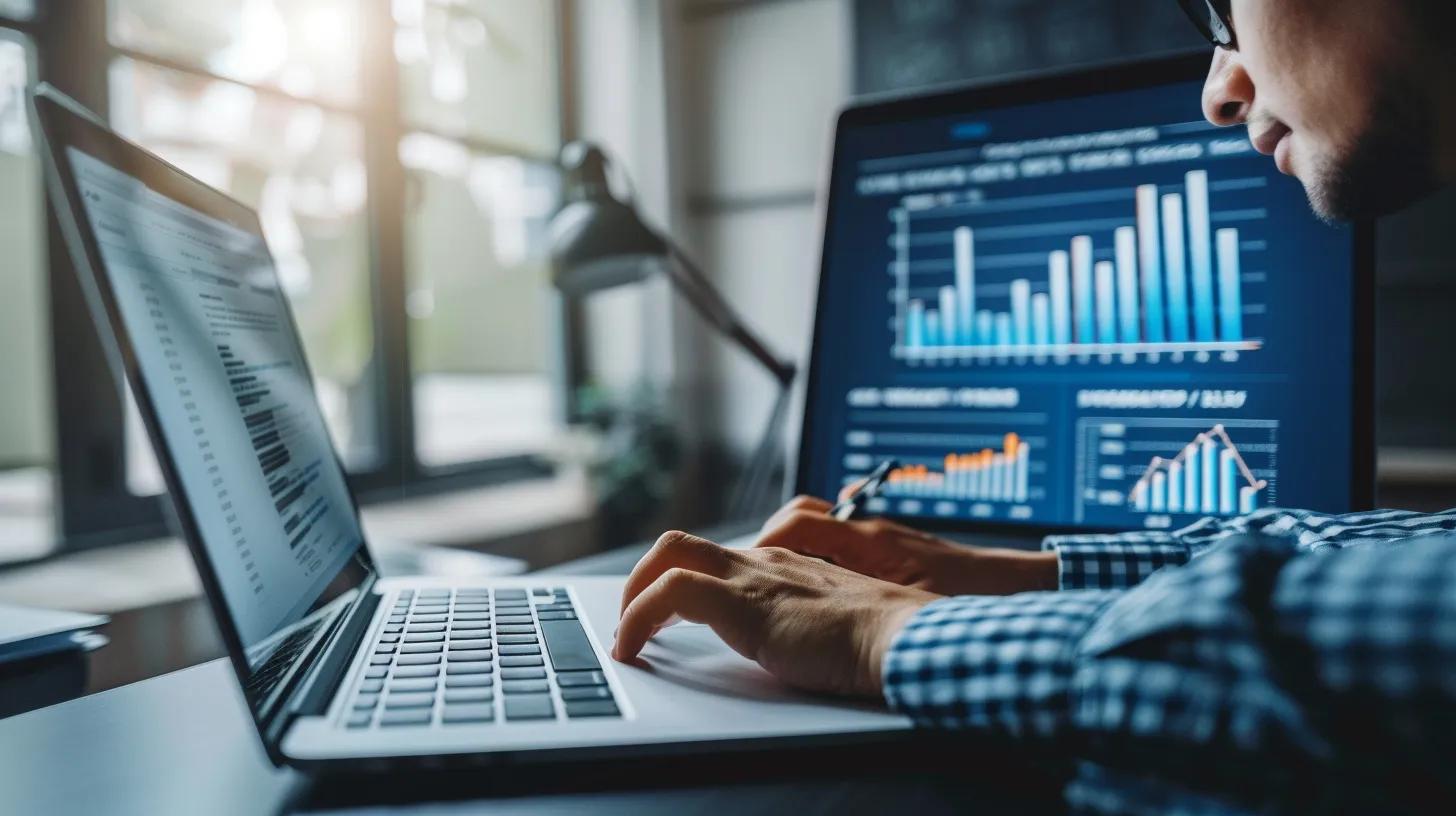
Utilising SEO Tools for Audits and Performance Tracking
Using SEO tools like Google Analytics, SEMrush, and Ahrefs is essential for monitoring on-page performance. Regular audits help identify issues such as broken links, duplicate content, or inefficient meta elements. Data-driven analysis enables immediate corrective measures and informs long-term strategic adjustments to continuously enhance organic growth.
Analysing Keyword Rankings and Organic Traffic
Monitoring keyword rankings and organic traffic reveals the effectiveness of on-page strategies. Detailed analysis using SEO dashboards can pinpoint strengths and weaknesses, allowing for refinements in keyword targeting and content structure. Adjustments based on session duration, bounce rates, and conversion data ensure that the content remains robust against shifting market dynamics.
Adapting Strategies Based on Algorithm Updates and SERP Changes
Search engine algorithms and SERP features evolve constantly. Staying informed about updates and adapting on-page strategies—such as revising content structures, updating keyword densities, and enhancing site speed—is critical for maintaining high rankings. Flexibility in these tactics enables rapid responses to algorithm changes, safeguarding existing traffic and capitalising on new opportunities like rich snippets and local search enhancements.
Continuous Monitoring and Improvement of on-Page Elements
Consistent monitoring of on-page elements through metrics like click-through rates and bounce rates is key to sustained SEO success. Regular A/B testing and performance reviews help fine-tune meta descriptions, title tags, header structures, and calls-to-action. This iterative process transforms static pages into dynamically improved resources that consistently meet user needs and search engine criteria.
Table: On-Page SEO Metrics and Their Impact
| Metric | Attribute | Benefit | Impact on SEO |
|---|---|---|---|
| Page Load Speed | Time to Interact (TTI) | Better user experience, lower bounce rate | Direct ranking improvement |
| Mobile-Friendliness | Responsive Design | Increased engagement, higher conversion | Enhanced mobile ranking |
| Keyword Density | Semantic Integration | Relevant content, improved rankings | Improved organic visibility |
| Meta Descriptions | Click-Through Optimization | Enticing summaries, higher clicks | Boosts CTR in SERPs |
| Internal Linking | Navigation & Site Structure | Better indexing and authority distribution | Strengthens site architecture |
The table above provides a quick reference for how different on-page SEO metrics contribute to overall performance and ranking potential.
Improving User Experience (UX) for Higher Rankings (Continued)
Comprehensive UX strategies—from fast page load times to effective internal linking—directly impact search performance. Seamless navigation and visually coherent structures reduce bounce rates and improve dwell time. By combining performance metrics with behavioural insights, businesses create an online environment that satisfies both algorithmic criteria and user expectations.
Advanced on-Page Techniques for Competitive Niches (Continued)

In competitive markets, advanced on-page strategies differentiate digital assets. Structuring content into topic clusters and pillar pages, targeting featured snippets, and integrating rich multimedia foster a layered content strategy that adapts to market changes. These techniques enhance user engagement, solidify industry leadership, and improve organic performance even in saturated niches.
Measuring and Refining Your on-Page SEO Efforts (Continued)
An effective on-page SEO strategy requires continual analysis and refinement. Regular use of SEO audit tools and performance tracking enables digital marketers to adjust strategies in response to data and algorithm updates. This ongoing feedback loop ensures that content and technical elements are always optimised to drive long-term growth and enhance user satisfaction.
Frequently Asked Questions
Q: What are the most important on-page SEO factors for higher rankings?
A: Key factors include optimised title tags, meta descriptions, keyword integration, header hierarchy, fast page load speeds, and clear internal linking structures. Together, these elements improve user experience and provide clear signals to search engines.
Q: How do I ensure my website is mobile-friendly for SEO?
A: Implement responsive design techniques, optimise image sizes, and use mobile-specific testing tools to ensure content is accessible across devices, leading to improved engagement and higher rankings.
Q: Why is schema markup important for on-page SEO?
A: Schema markup helps search engines understand the context of your content through structured data, increasing the likelihood of being featured as a rich snippet, which improves click-through rates.
Q: How frequently should content be updated for freshness?
A: Content should be reviewed every few months, depending on industry trends, to ensure it remains current and relevant for users and search engines.
Q: What tools are recommended for tracking on-page performance?
A: Tools such as Google Analytics, SEMrush, Ahrefs, and Google Search Console provide valuable data on keyword rankings, organic traffic, and user engagement.
Q: How do topic clusters and pillar pages improve SEO?
A: Organising content into topic clusters and pillar pages signals comprehensive coverage to search engines, enhances semantic relevance, and improves overall site navigation.
Q: Can internal linking improve userengagement as well as SEO?
A: Yes, effective internal linking improves navigation, reduces bounce rates, and helps users discover related content, thereby boosting both engagement and SEO.
Final Thoughts
This article has explored on-page SEO strategies from foundational principles to advanced techniques. By focusing on effective keyword research, clear content structure, technical optimisation, and ongoing performance monitoring, businesses can significantly improve search visibility and attract targeted leads. Maintaining a user-focused and data-driven approach is essential for long-term competitive advantage in the evolving digital landscape.

